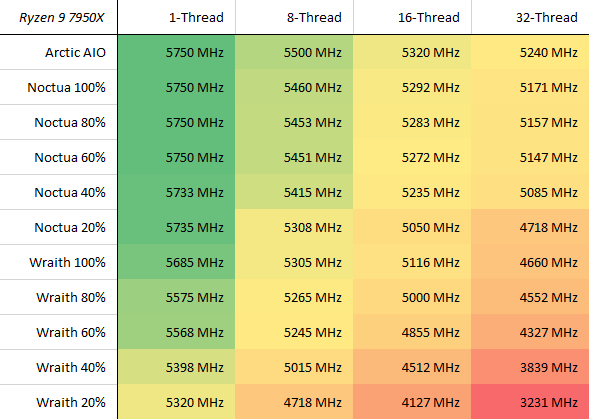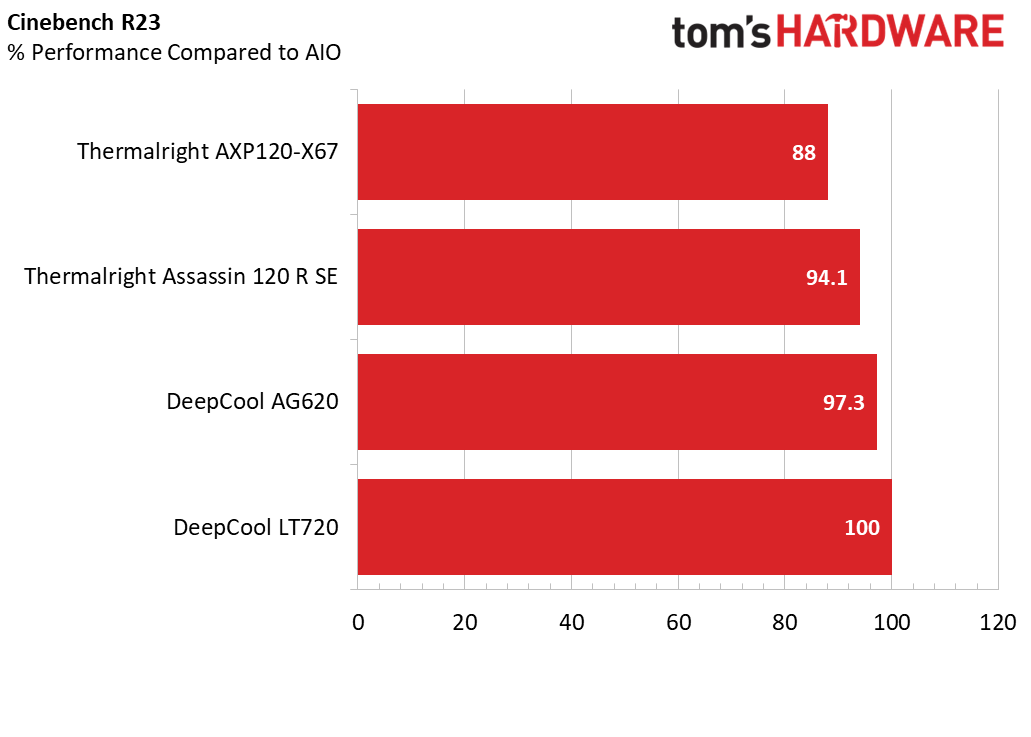Kamen Rider Blade
Distinguished
And you've solved for Thermals how?Not just on-package but DIRECT-STACKED, the logical evolution of HBM: eliminate the base die by integrating whatever essential functionality is still necessary directly into whatever the raw DRAM stack gets installed on top of, such as the IO die that contains the memory controller. HBM already goes to 1TB/s per stack, direct-stacked memory should be able to go even higher by ditching the base die and practically eliminating wiring stubs between the DRAM dies and memory controller. DDR5-8000 on the other hand is still only 64GB/s per aggregate channel.
Fair enough if you can pull it off, but you don't need "Direct Stacked" for that.1TB/s vs 64GB/s looks like a solid order of magnitude to me.
HBM does that by being adjacent as is.
Ok, you're only going to be able to fit a finite amount of Memory on Top of the tiny surface area for the ASIC portion, I don't think you're going to be able to fit nearly as much memory as you think and you still haven't solved the heat issue.Once CPUs have enough direct-stacked memory to handle the active data set? Yes, because the extra memory beyond that is just a glorified swapfile, not seeing much traffic relative to how large it is.













